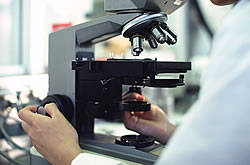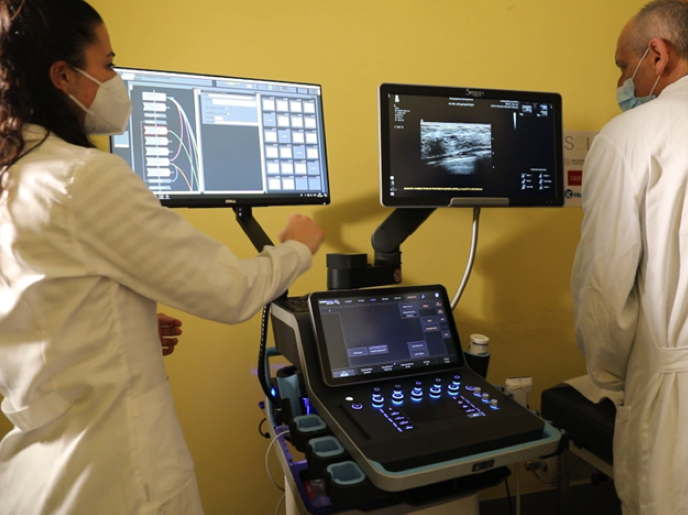Tumour progression under the microscope
Although scientists have known the malignant effects of ionising radiation for years, little was known about the molecular dynamics involved during tumour progression. With the advent of modern genetics, the development of human cell cultures coming from various tissues allows the analysis of the genetic stages in the tumour development induced by ionising radiation. Taking advantage of this advance, this project generated a detailed description of the molecular mechanisms related to the source of radiation-induced genetic instability. The conducted research exploited cultures of human cells coming from clinically relevant tissues, such as the human breast. These clones that feature normal chromosomes and growth characteristics were further exploited as target systems for malignant transformation by ionising radiation. More specifically, the relationship between chromosome instability and modifications in telomere dynamics, as well as the role of telomerase in tumour progression was studied. Telomerase is a DNA enzyme that normally affects the ending of the chromosome (telomere) and it may be activated during the development of the majority of human cancers. A highly specific gene that encodes the catalytic sub-unit of the telomerase allowed the analysis of the process of malignant conversion of human cells. Useful data was provided on the role that telomerase activation plays in cancer development in both in vitro (cell cultures) and in vivo (genetically manipulated hamster models). The study showed that telomere alterations cause chromosome instability, gene amplification via breakage/fusion/bridge cycle and chromosome imbalances, such as gain and loss of chromosome arms. These are mutagenic effects were observed on both epithelial and radiation-induced tumours. The project gave a better insight on the importance of telomeres and telomerase activation in tumour development. The better understanding of these bio-molecular mechanisms may ultimately lead to a reduction of ionising radiation induced cancers. Furthermore, the project findings may substantially contribute to the identification of new tests for detecting tumour-circulating cells.







